The value of branding for football clubs
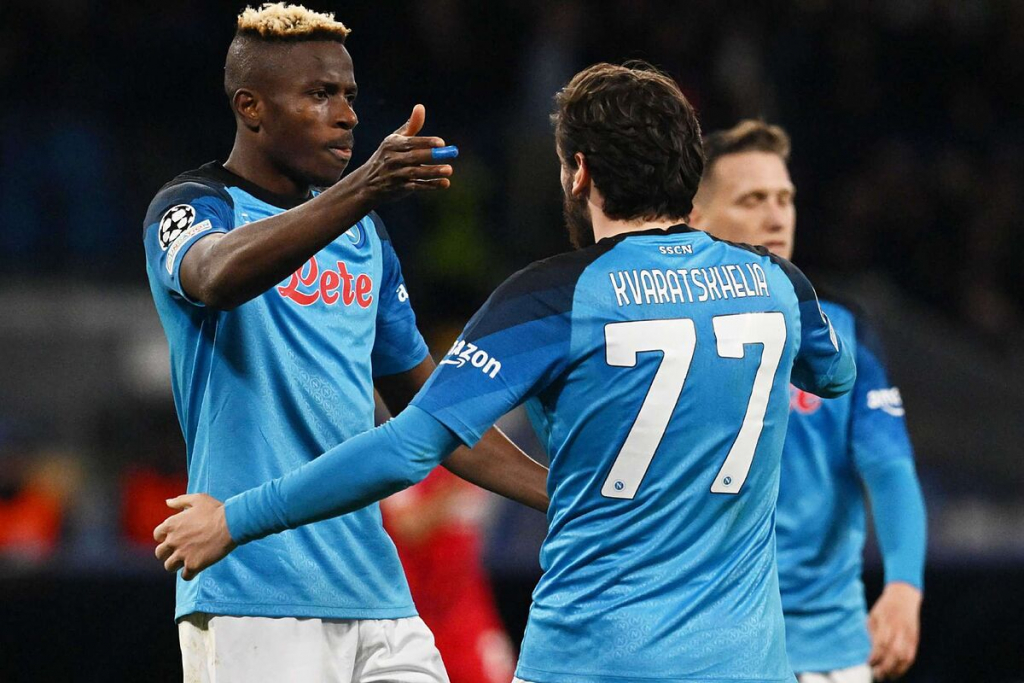
The enthusiasm for Napoli's great season, of which I am a passionate fan, inspired the writing of this article.
The excitement of the hours before the match, going to the stadium to watch your favorite team and comments with the other fans. These are rituals in which most Italians recognize themselves. Football is the favorite sport in Italy . For 57% of the population, it's not just about eleven players, a field and a ball. Football is first of all emotion and a passion that often starts as a child. The emotional bond between fans and their favorite team has contributed to the transformation of clubs into "lovemarks" , i.e. brands capable of generating emotional reactions and loyalty in their consumers that transcend rationality. We are at the origins of football branding.
Football clubs have progressively transformed themselves from non-profit companies into real companies, generating over 25 billion euros in revenues in Europe .
Let's find out together how this evolution happened!
What is football branding?
The term "football branding" refers to all the marketing practices implemented by football teams, mainly professional ones, in order to increase their revenues and improve the perception of their brand.
Since the spread of professional sports clubs, especially after the birth of the International Federation of Association Football (FIFA) in 1904, it has been necessary for teams to look for sources of income. Initially, the regulation of the various European countries on the financing of sports teams was very strict, forcing companies to resort to various tricks.
Football patronage: the birth of football branding
One of the first ways football clubs were financed was through sporting patronage. An entrepreneur, but above all a fan, with large financial resources decides to invest in a team out of pure passion.
One of the first cases of sports patronage dates back to the 1950s. We are in Italy, and the oilman Angelo Moratti decides to invest in Inter, becoming its president. During the 1960s he invested additional non-repayable capital to recruit the Argentine coach Helenio Herrera. Moratti will then be repaid for the decision with the victory of three championships in the following years.
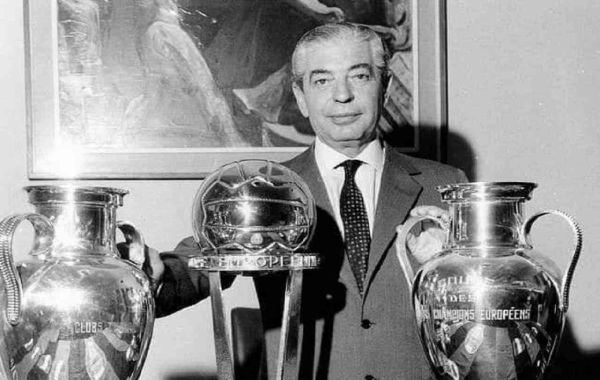
After Moratti, sports patronage has met with increasing success, also having a positive effect on the personal activities of the patrons.
Today, investments are no longer made without a grant, but with precise economic return strategies for the team and for the investors.
The sponsorships
Another very common way of financing professional football teams is sponsorships from consumer goods companies. Initially, sponsorships were frowned upon by sports federations and were hampered by regulations in European countries.
The first football sponsorship in history dates back to 1972 in Braunschweig, West Germany, during the European championships in Belgium. Jagermeister's CEO realizes that the following generated by matches could have a major economic impact on his brand. He therefore agrees with the president of the Eintracht club, who is in financial difficulty. However, the German football federation prohibits sponsorship contracts, thus rejecting the proposal from Jagermeister and Eintracht. To remedy the problem, the club decides to change the company statute and the team logo. We go from the lion to the famous Jagermeister deer.
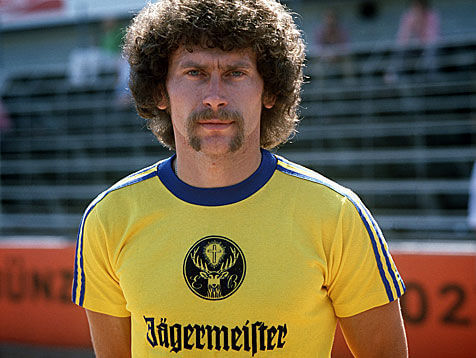
The ploy used by Jagermeister and Eintracht will lead the way to other agreements entered into between companies and European clubs. The various sports federations were thus forced to accept that the teams receive external funding.
From sports clubs to media agencies
The breakthrough for football marketing came during the 90s. In England, in fact, some sports clubs began to sell the rights to broadcast their matches on television.
In Italy, in 1996 the ban on profit-making for sports teams was lifted, also allowing the sale of commercial products. Through the new legislation, football clubs have been able to open up to sponsorship contracts, the sale of television rights and their own merchandising, previously entrusted to third-party companies. Furthermore, since the end of the 1990s, various European clubs have decided to be listed on the stock exchange, becoming joint-stock companies.
The benefits of football branding
The increase in revenues for football clubs generates what the author Enrico Giangreco defines as "the virtuous circle of sports marketing" . Higher revenues ensure sports clubs invest in the employment of players and coaches and purchase better training facilities. Investments will lead to a higher probability of winning during matches. This creates more attention from fans and companies, increasing the positive perception of the brand image and bringing in additional revenues.
Brand Finance draws up two rankings every year. Ten teams with the most valuable brands in economic terms and ten teams with the strongest brands.
In 2022, following their UEFA Champions League victory, Real Madrid FC is ranked number one in both value and brand strength.
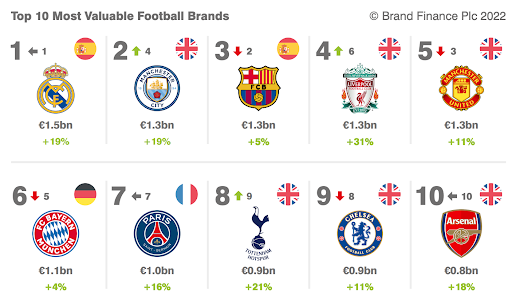
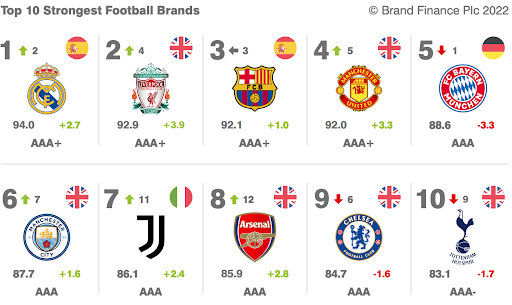
The parameters used by Brand Finance to draw up the rankings are very different, although they all refer to brand management.
The value of football brands refers to the economic value of the revenues from the reputation of the brand , whose rights to the name, logo or symbols are held by the sports club.
The strength of football brands instead derives from the analysis of the economic impact of marketing investments . It also takes into account aspects such as fan satisfaction, stadium capacity and social media presence.
The main advantages of football branding can therefore be summarized in:
- Increased fan base: a team with a strong brand is able to attract more fans. Once loyal, fans will hardly abandon their favorite team;
- Possibility of buying notable players: greater financial resources allow the team to invest in stronger players on the pitch and allow them to train at their best. The importance of players goes beyond the performance on the pitch: your personal brand can influence the branding of your team;
- Increased contractual strength with sponsors and the media;
- Development of own merchandising sales channels;
- Development of own infrastructure such as stadiums or sports museums;
- Possibility of accessing external financing;
- Greater likelihood of performance in the field thanks to sustained investments.
As a demonstration of the virtuous circle of sports marketing, the teams featured in the rankings drawn up by Brand Finance are those that, over the years, have achieved the best results within their own leagues.
The determinants of value in football branding
After having seen what advantages can be obtained from football branding, let's find out together what are the determinants of the value of a football brand.
Looking at the parameters used by Brand Finance, three fundamental determinants can be seen (in addition to the logo and symbols): the fans, the players and the stadium .
The fans
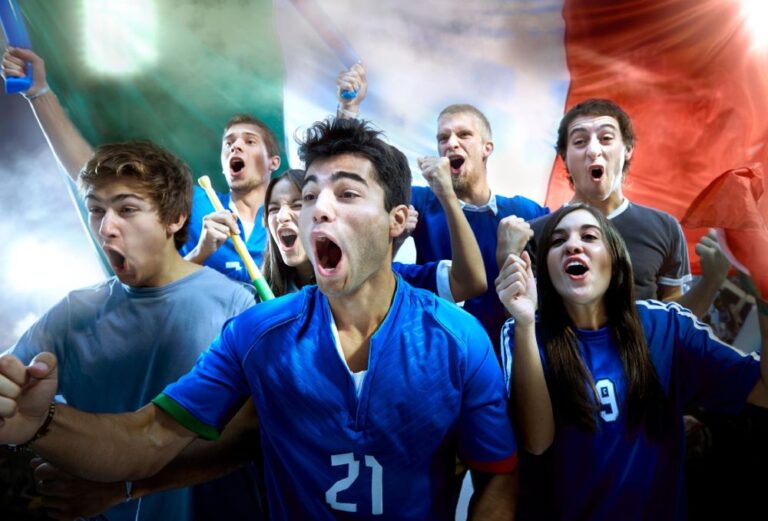
Fans distinguish themselves from spectators of an entertainment show or loyal consumers of certain products or brands. The fan has an emotional bond with his favorite team, to the point of identifying with it.
Often, the emotional and identity bond with the football team derives from the fact that one starts rooting for a specific club due to family or social influences from an early age.
In 2000, researcher Daniel Mahony analyzed what were the motivations that push individuals to become passionate about football. Fans are motivated by the desire for drama caused by emotional involvement during a match and by aesthetic and entertainment needs. The success of your favorite team boosts the fans' self-confidence, as if they played a role in the performance.
Mahony then identified four types of fans. The variables are: degree of attachment to the team and their behavioral loyalty (participation in matches or the purchase of merchandising).
- True Loyalists : are fans who are bound by a strong psychological and behavioral loyalty to the team. These are those fans who often have a season ticket to the stadium and who buy the team's merchandising;
- Spurous Loyalists : These are individuals who enjoy following matches, but who don't have a strong attachment to the team. Spectators, fans of football or sports in general, who however do not have an emotional bond with a particular team;
- Carefree Casuals : Individuals who are not interested in soccer, whereby they have no attachment to a specific team and have low behavioral loyalty;
- Committed Casuals: fans of a particular team, who however have no time or interest in going to stadiums to watch matches.
Knowing the different types of fans is useful for football clubs to segment their fan-base and apply marketing strategies capable of transforming every fan into a True Loyalist.
The players
Players are a key element in football branding. By their actions on and off the pitch, players can strengthen (or weaken) the image of the club they belong to.
The personal brand of some players is so connected to the club they belong to that it becomes an integral part of it and contributes to the creation of a sort of myth around the footballer's image.
Think of Francesco Totti, whose speech at the end of his career with Roma also moved fans of opposing teams.
Or Diego Armando Maradona, legend at Naples, who represented the archetype of the anti-hero for some private affairs, but who is now an idol in Naples. Upon his death, many fans of different teams took to the streets to celebrate his victories.
The purchase of a football star can therefore benefit the team, because the footballer's brand is linked to that of the club he belongs to.
However, it can happen that the player's brand is stronger than that of the team, or of the sporting events in which he participates, entering into conflict.
During a Euro 2020 press conference, the images of Cristiano Ronaldo moving bottles of Coca Cola (official sponsor of the event) and advising to "drink water" went around the world.
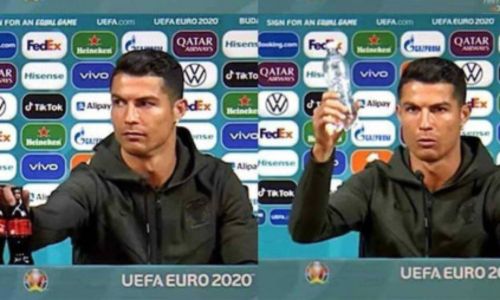
Behind the gesture is the conflict between Ronaldo and what the Coca Cola bottle represents. A healthy lifestyle, part of Cristiano Ronaldo's personal brand, does not go hand in hand with the consumption of carbonated drinks.
Although the footballer's gesture did not have any practical impact, also because there is no legal agreement linking Ronaldo to the Atlanta company, the gesture made had more prominence than the conference itself.
Players can therefore be a double-edged sword for sports clubs and for successful football branding. If on the one hand they can increase the value of the brand with their own notoriety, on the other hand the same notoriety risks overshadowing the team.
Stadium
The stadium represents a fundamental element in football branding for value. Firstly, it is an important asset for the team. The stadium is above all where the action takes place. Players train and prepare for the game, while fans gather to support their favorite team. The stadium therefore represents the heart of the match experience, triggering feelings of euphoria and nostalgia in fans.
Most stadiums are over sixty years old and publicly owned . Nonetheless, each stadium reflects the branding of the clubs with which they are associated. Just think of the Maradona stadium, owned by the municipality of Naples, but which is inextricably linked to the Napoli team.
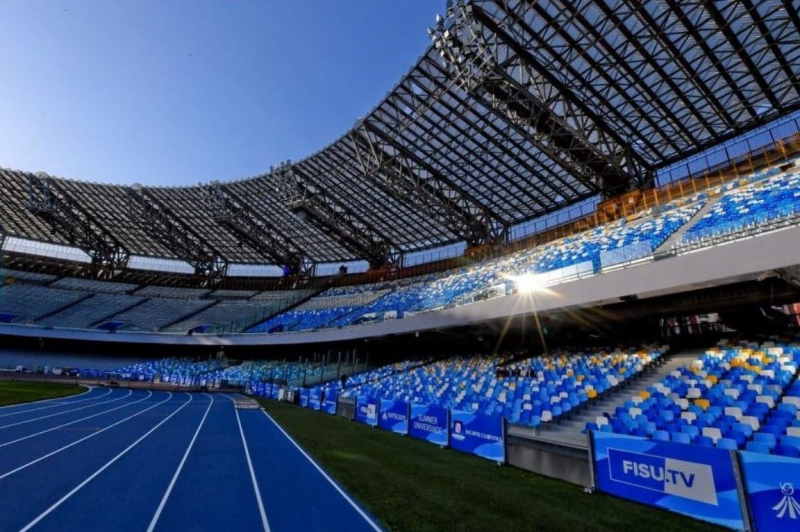
The construction of a stadium owned by the sports club entails a high return in terms of image and brand value.
The FC Barcelona company has had its own stadium since 1957: Camp Nou is the largest stadium in Europe. Inside, since 1984 there is the Museo Fútbol Club Barcelona. The latter hosts more than 2 million visitors a year, making it the first museum in Catalonia by admissions.
In 2022 FC Barcelona gave the naming rights of the stadium to Spotify, closing a €435 million deal . The stadium was renamed Spotify Camp Nou.
Also in Italy, Juventus inaugurated its own stadium in 2011, as part of a wider rebranding. Born as Juventus Stadium, the stadium is now called Allianz Stadium, following the sale of the naming rights in 2017.
Inside the stadium there is a museum area dedicated to the history of the club, a medical center for the needs of the players and a megastore dedicated to the merchandising of the team.
The stadium therefore represents an important touchpoint between the team and its fans, through which to increase the emotional bond with the brand.
When referring to stadiums owned by clubs, touchpoints increase. This is because sports museums allow heritage marketing and nostalgia tactics to be implemented marketing . Or, the brand's stores allow you to increase revenues through the sale of merchandising.
As in the case of Juventus, the construction of the stadium is part of a rebranding strategy. This strategy also included the renewal of the logo and the creation of new partnerships with sponsors.
The rebranding of football clubs
Rebranding also plays a vital role in football branding. It represents the strategic change of a company's brand identity. The tactics used concern the modification of the logo, symbols, fonts used and communication strategies. The ultimate goal of rebranding is to change the company's market position and consumer perceptions.
The evolution of the football sector analyzed above has pushed sports clubs to have to adapt to the new market dynamics. The goal is to try to attract new enthusiasts. Numerous teams have implemented more or less revolutionary rebranding tactics to modernize their brand image. Let's find out some of them together!
Juventus
A nod to the aforementioned Juventus could not be missing. The team began the rebranding process hand in hand with the big European clubs as early as 2010 with the construction of its own stadium.
In addition to the facilities already mentioned, the Allianz Stadium has the J-Village. An area that includes a hotel for guests and players and areas used for the press and for Juventus TV, the team's official channel. Around the stadium stands the "path of the stars", a sort of walk of fame for the most important black and white players.
To attract a new target, Juventus Women was founded in 2017, the first women's team in Turin linked to a men's club.
Also in 2017, the team adopted a new logo, more minimalist and modern, to adapt to the changes of the big European teams.
Through the new logo, Juventus managed to involve the fans, challenging them to propose an artistic version which was then affixed to merchandising sold in a limited edition.
The challenge of Juventus was successful to the point of detecting a progressive growth of the brand. In 2022 it became eleventh in terms of brand equity.
Paris Saint-Germain
PSG started its rebranding in 2013 by changing the company logo. The rebranding came after the takeover of the team by the Qatar Investment Authority, also allowing for an increase in the club's budget.
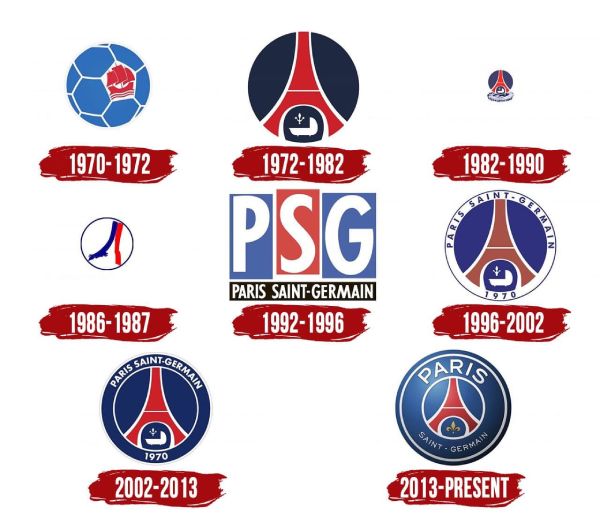
In the new logo, the symbols of the city of Paris are given greater prominence, despite the presence of the typical Saint-Germain lily.
The reason for the strong association in Paris is linked to the desire to position itself as a sports and lifestyle brand.
To strengthen the new brand identity, PSG has increased the production of merchandising, signing agreements with various strategic partners. For example, he made limited edition PSGxJordan shoes and apparel with Nike.
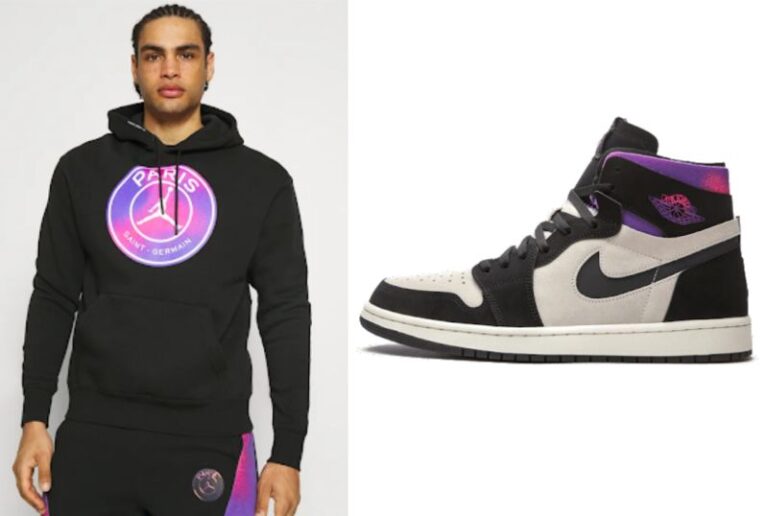
The club has also partnered with Master and Dynamic and Thierry Lasry to create limited edition caps and sunglasses.
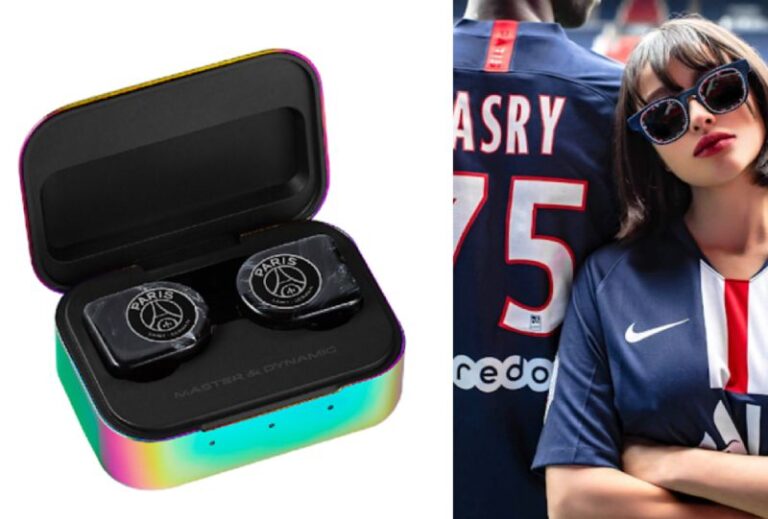
Thanks to partnerships and merchandising, the level of income generated from product sales is now almost six times higher than before the change of ownership.
As we have seen, even for sports clubs the brand has assumed ever greater importance. To compete and stand out on the international scene, football clubs need to invest in their image as well as in their players.
Through the rebranding, several European teams were able to communicate their new positioning to the market and their fans.
The football sector has progressively assumed an increasingly important role also for its economic impact. In Italy it generates an income of over 10 billion on GDP. Football can no longer be considered just a sport and should not be underestimated.
“Football is a game but also a social phenomenon. When billions of people care about a game, it ceases to be just a game."
Simon Kuper
And you? Are you a huge fan or not a big football fan? What do you think about football branding?
When you subscribe to the blog, we will send you an e-mail when there are new updates on the site so you wouldn't miss them.
By accepting you will be accessing a service provided by a third-party external to https://www.insightadv.it/


































































Comments